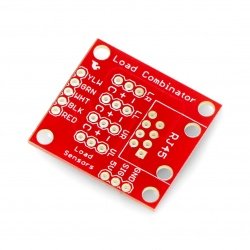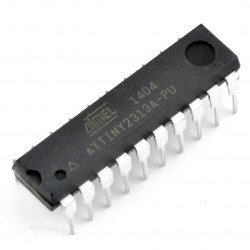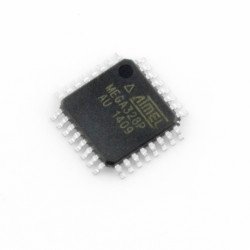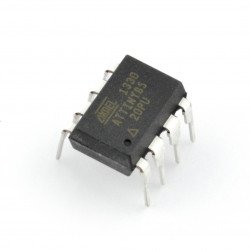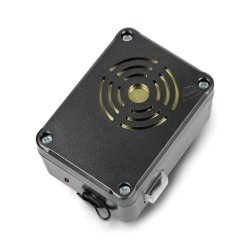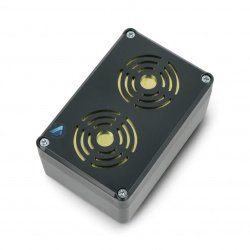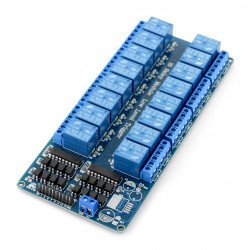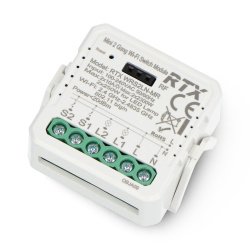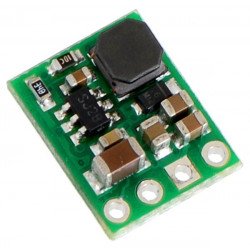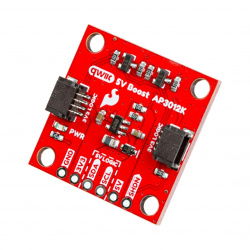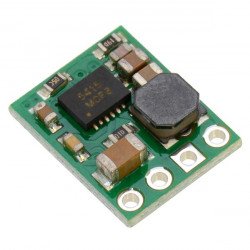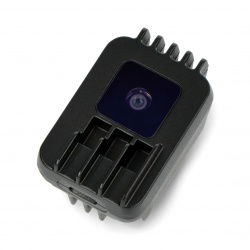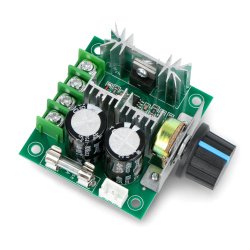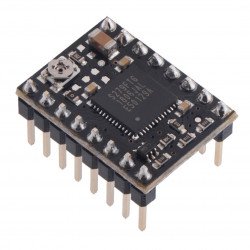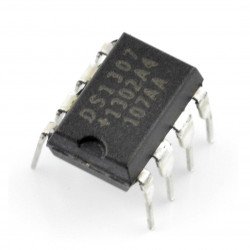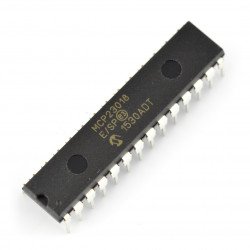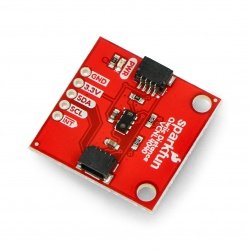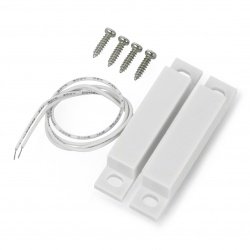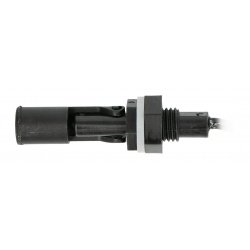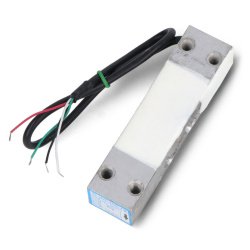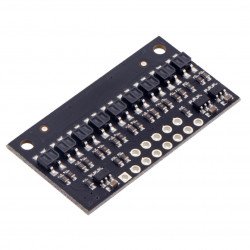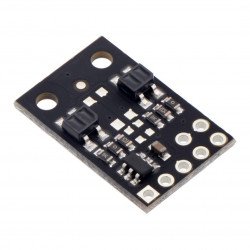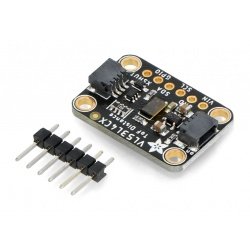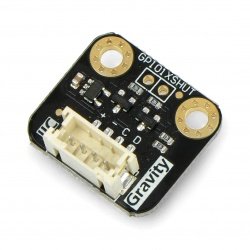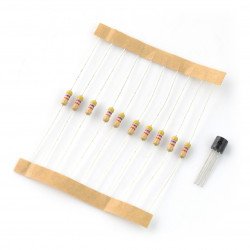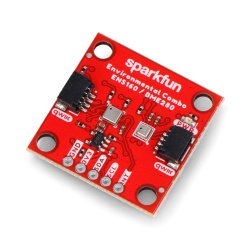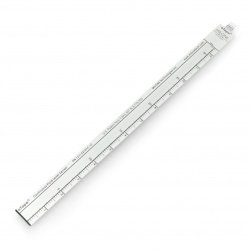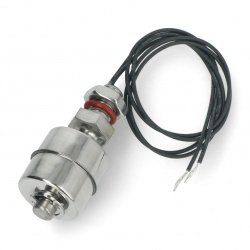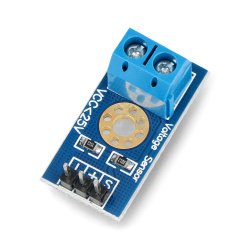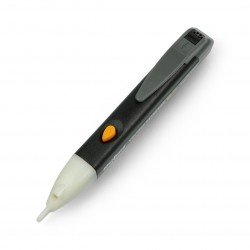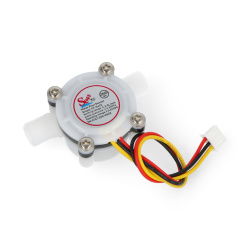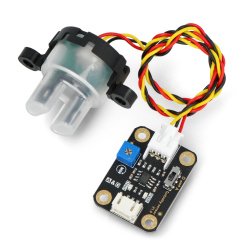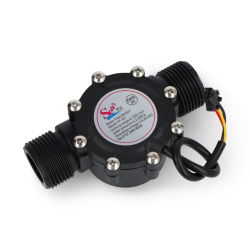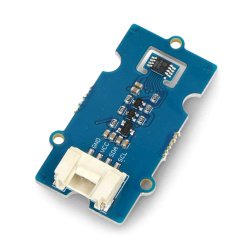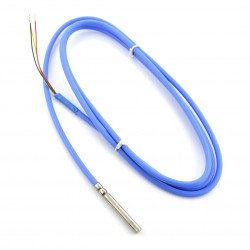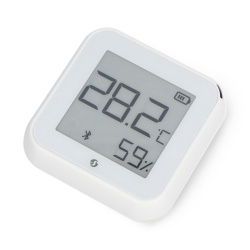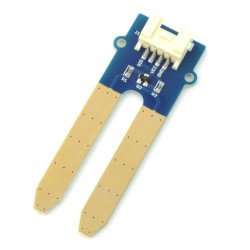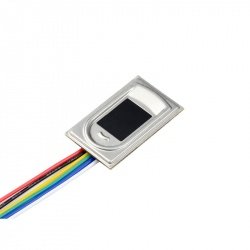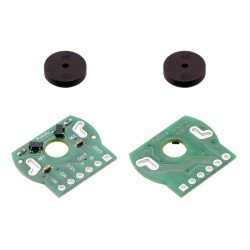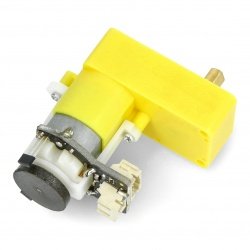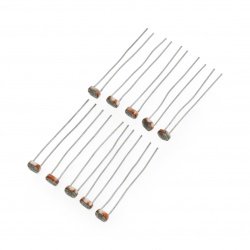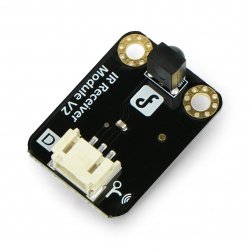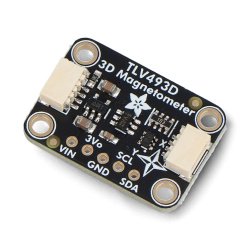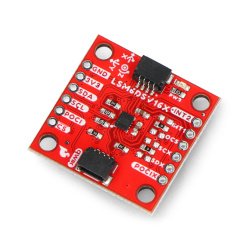Resistor Circuit Calculator
Calculating the total resistance of a series connection of resistors is extremely simple – just sum up all the component resistances to get the result, which represents the total resistance of the entire circuit. Unfortunately, for parallel connections, the matter is much more complex – here the total circuit resistance is... the reciprocal of the sum of the reciprocals of the resistances (!). In other words – all component resistances must first be inverted, then these fractions added together, and then the result of the addition... inverted again:
Rt = 1 / ((1/R1) + (1/R2) + … + (1/Ri))
where:
Rt – equivalent resistance
R1, R2, …, Ri – component resistances of resistors connected in parallel.
Certainly, this is neither a quick nor a convenient task, which is why calculating parallel resistor connections is much easier using the automatic calculator you can find on this page.
Parallel Connection of Resistors – Simplified Calculations
It’s worth knowing that in some cases, calculating resistors connected in parallel can be done much simpler than we described above. If you connect N identical resistors (each with a resistance of R), then the equivalent resistance of such a circuit will be R/N. For example – connecting four 10 kΩ resistors in parallel, you will get an equivalent resistance equal to ¼ of 10 kΩ, or… 2.5k Ω.
Somewhat more complex, but still much more convenient than using the formula given at the beginning, is the use of a simplified formula, valid only when two resistors are connected in parallel:
Rt = (R1*R2) / (R1+R2)
Additional Notes
It is important to remember that in the case of a parallel connection of two or more resistors with different values, the equivalent resistance is always lower than the smallest of the component resistances. This principle is used, among others, in calibrating some analog circuits – for example, to adjust the gain of a measurement amplifier with a feedback resistor valued at 10k Ω, resistors with values in the order of several hundred kilo-ohms, or even single mega-ohms, can be connected in parallel to this component to subtly lower the equivalent resistance to the required level. However, there is no possibility of increasing the equivalent resistance by adding a parallel resistor – it will always result in a decrease, and to what extent depends on the value of the additional element. In extreme cases, shorting the element (of any value) will reduce the resistance almost to zero (in reality, a small resistance of the jumper remains, usually at the level of milliohms).




















































































